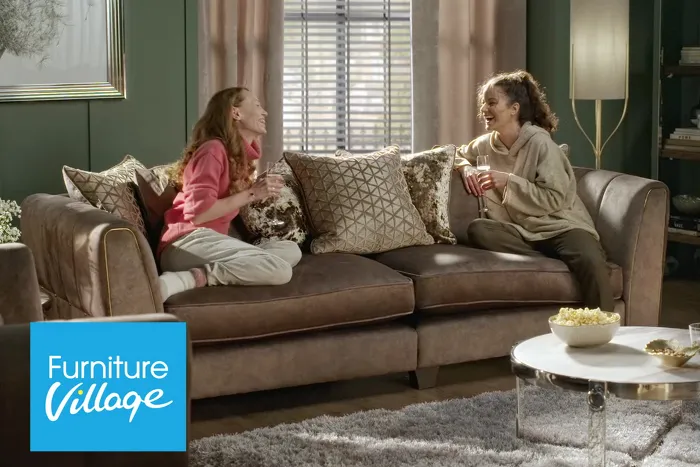Project Overview
The Furniture Village website redesign and development project aims to create a modern, user-friendly website with improved navigation, enhanced functionality, and mobile responsiveness. The project will take approximately 6-8 months and involve a team of project managers, web designers, developers, testers, and website administrators. The end result will be a fully redesigned and developed website that integrates with Furniture Village’s existing systems and provides a superior online shopping experience for customers.

Challenges
- Our Tareenity QA team faced several challenges during the Furniture Village project. The tight project timeline of 6-8 months put pressure on the team to complete testing within a short timeframe, which made it challenging to cover all necessary test cases. Limited access to resources was also a problem, which hindered the team’s ability to access necessary resources or get timely access to development builds or test environments.
- Another challenge the team faced was difficulty replicating issues. Manual testing was time-consuming, and some issues were not easily reproducible, making it difficult to identify the root cause of the problems. The Umbraco CMS was also complex, and the team invested additional time in learning how to use it and creating test cases that cover all necessary features.
Solution & Strategy
- With a tight project timeline, Our Tareenity QA team needed to prioritize testing efforts to ensure that the most critical aspects of the website were thoroughly tested. A risk-based approach could be employed, where high-risk areas of the website were given priority in testing.
- Effective communication with stakeholders, including project managers, developers, and designers, is crucial for the success of any project. Our Tareenity QA team ensured clear communication through regular meetings, status reports, and collaboration tools.
- Our QA team conducted A/B testing to evaluate website variations and make data-driven decisions. Through this process, we were able to determine which website variations were the most effective in achieving the desired outcome.
- Our QA team employed a risk-based testing approach, where testing efforts were prioritized based on the risk associated with each area of the website. By doing so, we ensured that the most critical features were thoroughly tested.
- Our QA team ensured effective defect management by accurately reporting defects and ensuring timely resolution. Through this approach, we prevented any defects from being overlooked and ensured that fixes were implemented quickly.

Conclusion
Our QA team collaborated closely with the project stakeholders, including project managers, developers, and designers, to ensure a successful outcome for the Furniture Village project. We faced several challenges during the project, including tight deadlines, communication issues, and the need to thoroughly test critical features of the website. To address these challenges, we employed several strategies, such as prioritizing testing efforts, conducting A/B testing, employing a risk-based testing approach, and ensuring effective defect management. Our QA team was able to successfully test the website’s functionality, designs, and Umbraco CMS integration through manual testing and A/B testing. The collaboration between our QA team and the project stakeholders allowed us to deliver a high-quality website that met the needs of the business and its customers.


